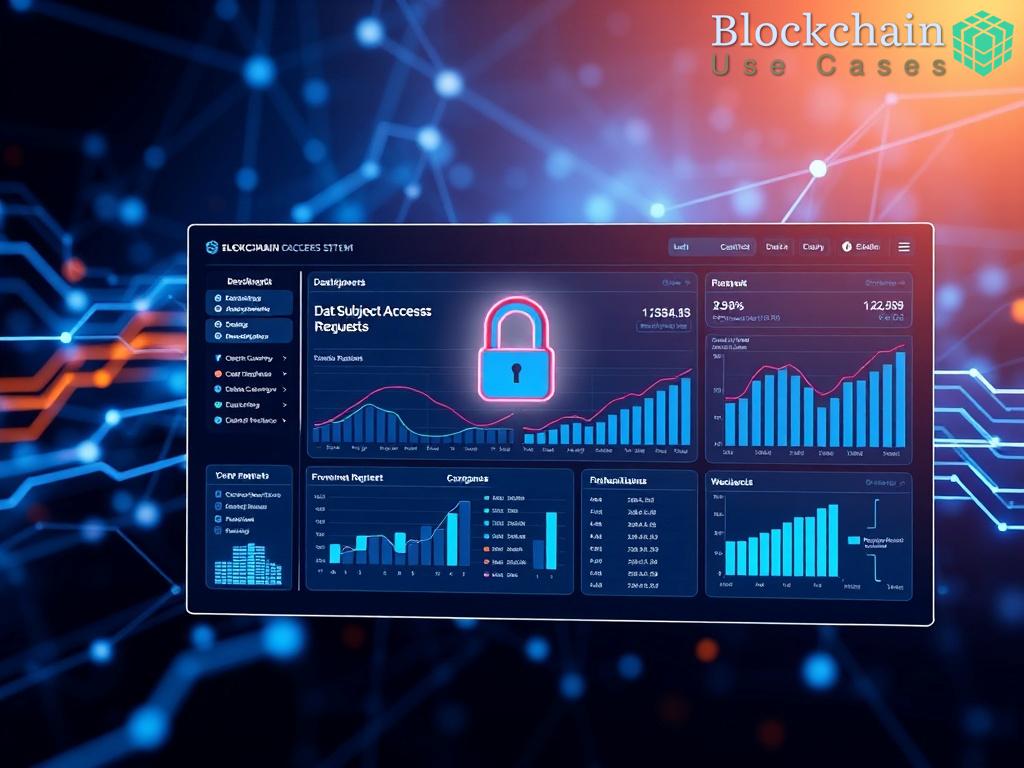The insurance industry has long been plagued by inefficiencies, particularly when it comes to claims processing. Traditional methods often involve lengthy paperwork, multiple intermediaries, and significant delays. However, the advent of blockchain technology presents a transformative opportunity to streamline these processes. By leveraging a decentralized and transparent ledger, insurance companies can enhance trust, speed, and accuracy in claims management.
How Blockchain Enhances Claims Processing Efficiency
Blockchain technology introduces a robust framework that facilitates real-time data sharing among all parties involved in the claims process. This not only reduces the time taken to process claims but also minimizes the potential for fraud, ensuring that claims are legitimate and verified before payment. The following aspects highlight how blockchain can revolutionize claims processing:
- Transparency: Every transaction is recorded on a public ledger, enabling all stakeholders to access the same information, leading to greater accountability.
- Smart Contracts: Automated contracts execute transactions once predefined conditions are met, eliminating the need for manual intervention and speeding up the claims approval process.
- Immutable Records: Once a claim is recorded on the blockchain, it cannot be altered, providing a secure and tamper-proof history that enhances trust among all parties.
Comparative Advantages of Blockchain Over Traditional Systems
While traditional claims processing methods have served the insurance industry for decades, they are increasingly seen as inadequate in the face of modern challenges. A comparison between blockchain-based systems and traditional approaches reveals several advantages:
| Feature | Traditional System | Blockchain System |
|---|---|---|
| Data Access | Restricted to selected parties | Accessible to all authorized stakeholders |
| Processing Time | Days to weeks | Minutes to hours |
| Fraud Prevention | Reactive measures | Proactive through immutable records |
| Cost Efficiency | Higher operational costs | Reduced costs through automation |
The Future of Claims Processing in Insurance
The potential of blockchain in insurance is only just beginning to be realized. As more companies adopt this technology, we can expect significant shifts in how claims are processed. The integration of artificial intelligence with blockchain could further enhance the efficiency and accuracy of claims assessments. As these advancements unfold, the insurance landscape will become more customer-centric, with insurers able to respond to claims with unprecedented speed and reliability.


















